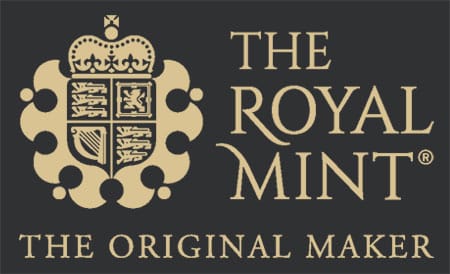Four wheeled vehicles have been made from the first days after the invention of the wheel, that is in the region of 5,000 years. The earliest British representation of a four wheeled wagon is probably the one in the Bayeux Tapestry, a special vehicle carrying a large barrel. This has wheels of equal sizes on the two axles, which suggests that it may not have had a turning forecarriage, the earliest four wheeled prestige carriages in this country, such as that in the Luttrell Psalter, were certainly made without one, in spite of the invention being known to the Hallstatt wagon builders and the Romans, though the Roman archaeology is a bit arguable, backed by some oblique textual references.
The farm vehicles of Britain in the dark ages and middle ages were mostly two wheeled carts and carts continued to be the main farm vehicles right up to the introduction of tractors.
Turning forecarriages had been introduced into British carriages by the end of the 16th century, and in the 17th century wagons were being built with them, but there is no clear evidence for their use in Britain before then, though continental ones seem to be attested by legislation and literature. The idea seems to follow the development of late medieval vehicles on the near continent, arriving in England coincidentally with industries like brickmaking and it has been said that immigrant workmen from the low Countries brought the idea. The strongest evidence suggests that wagons started the development into their final form in the Eastern counties, for use in road transport. Wagons grew in popularity with farmers through the 18th century, presumably because they could demonstrate their prowess by displaying a fine wagon. Strong local design traditions grew up and became a leading expression of the country’s craftsmanship. Wheelwrights’ workshops could demonstrate a flair for making them and some would grow to specialise more than others in producing wagons and carts. Some firms that grew in this way still exist, grown into modern agricultural engineers. Most are now gone.
The economy of a wagon making workshop ran better in the larger workshops. Wagon making was a collaborative enterprise, which is not surprising, at the very least a blacksmith needed to work with the wheelwright to make a cart. Apart from this kind of enterprise the usual route for wagons to be built was that a wheelwrights shop, busy with repairs through the summer months was gainfully occupied in the winter making a wagon or two.
In the Victorian period firms acting as factoriess grew up, supplying parts to wheelwrights much as motor factors do to garages today, and this enabled them to make a range of vehicles with fittings such as springs. Hovewever, specialisation was no new thing, as in the 15th century there were 10 or 11 or so wheelwrights shops in Lullingstone, Kent, selling wheels at a rate which apparently undercut rivals.






